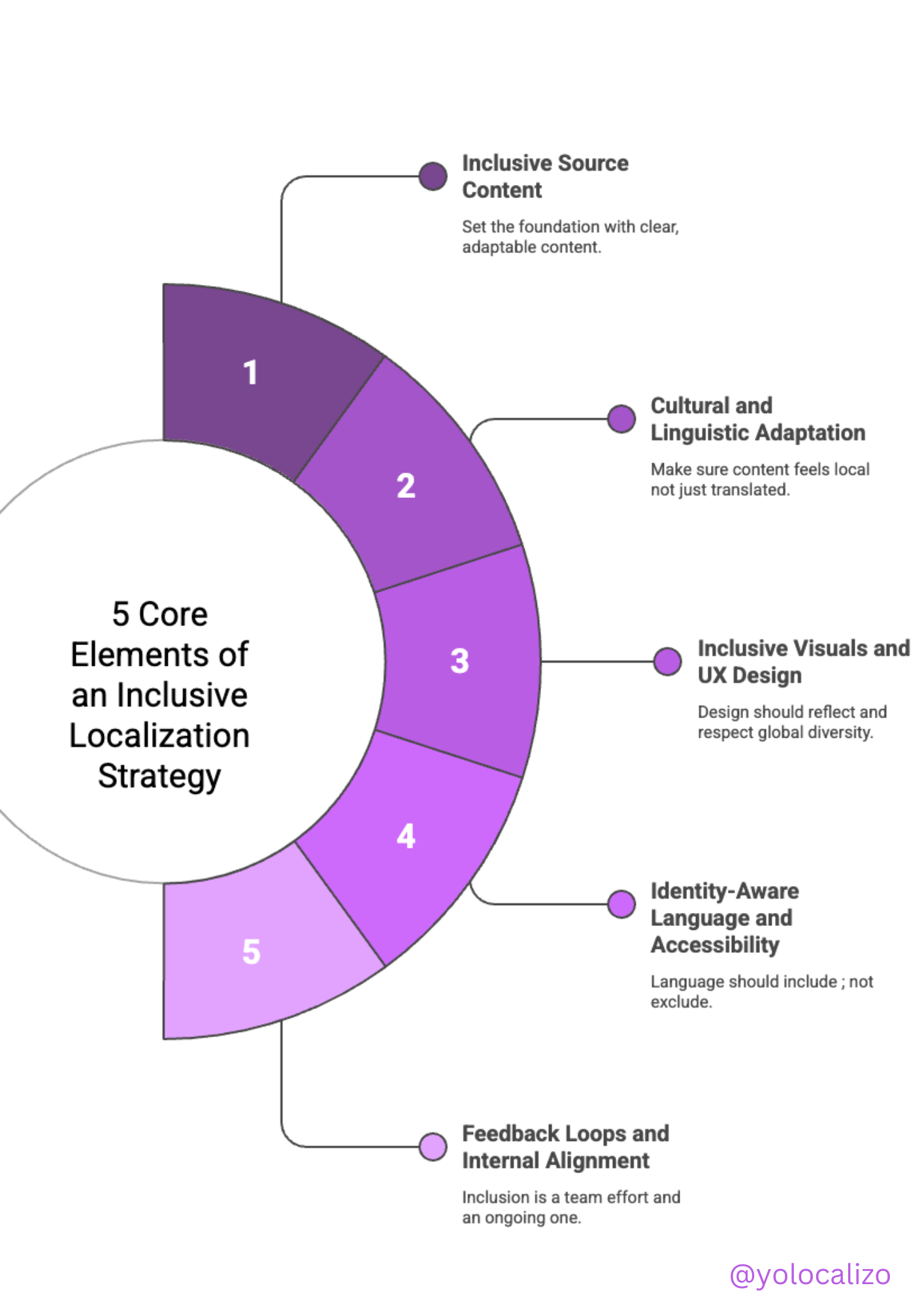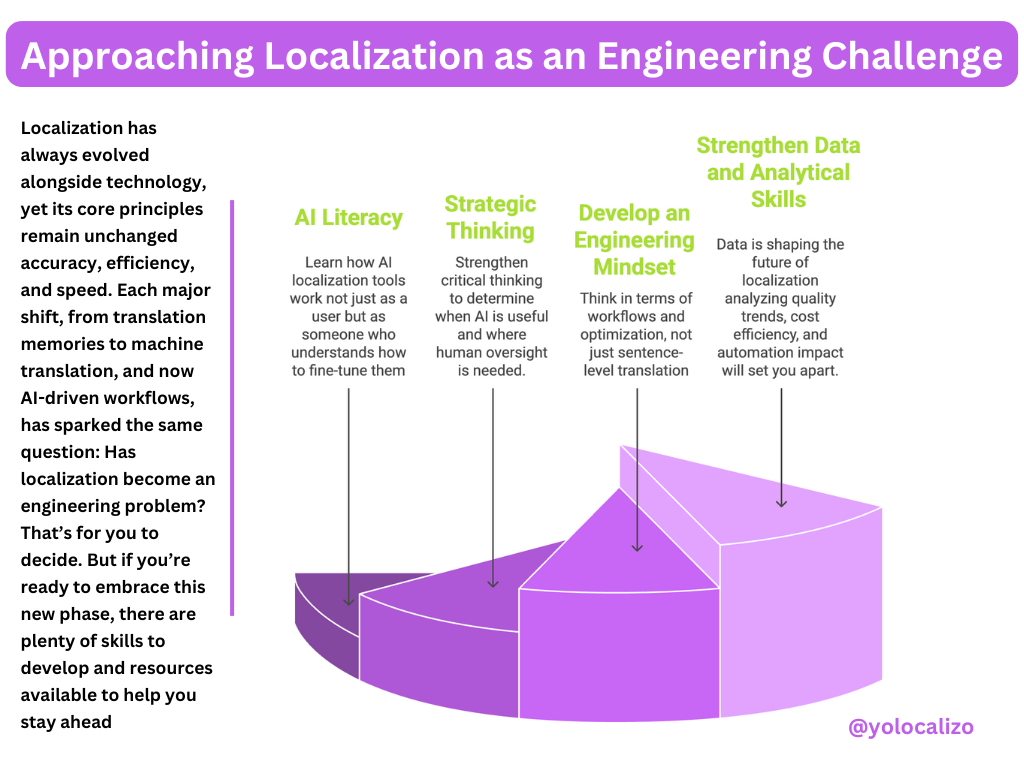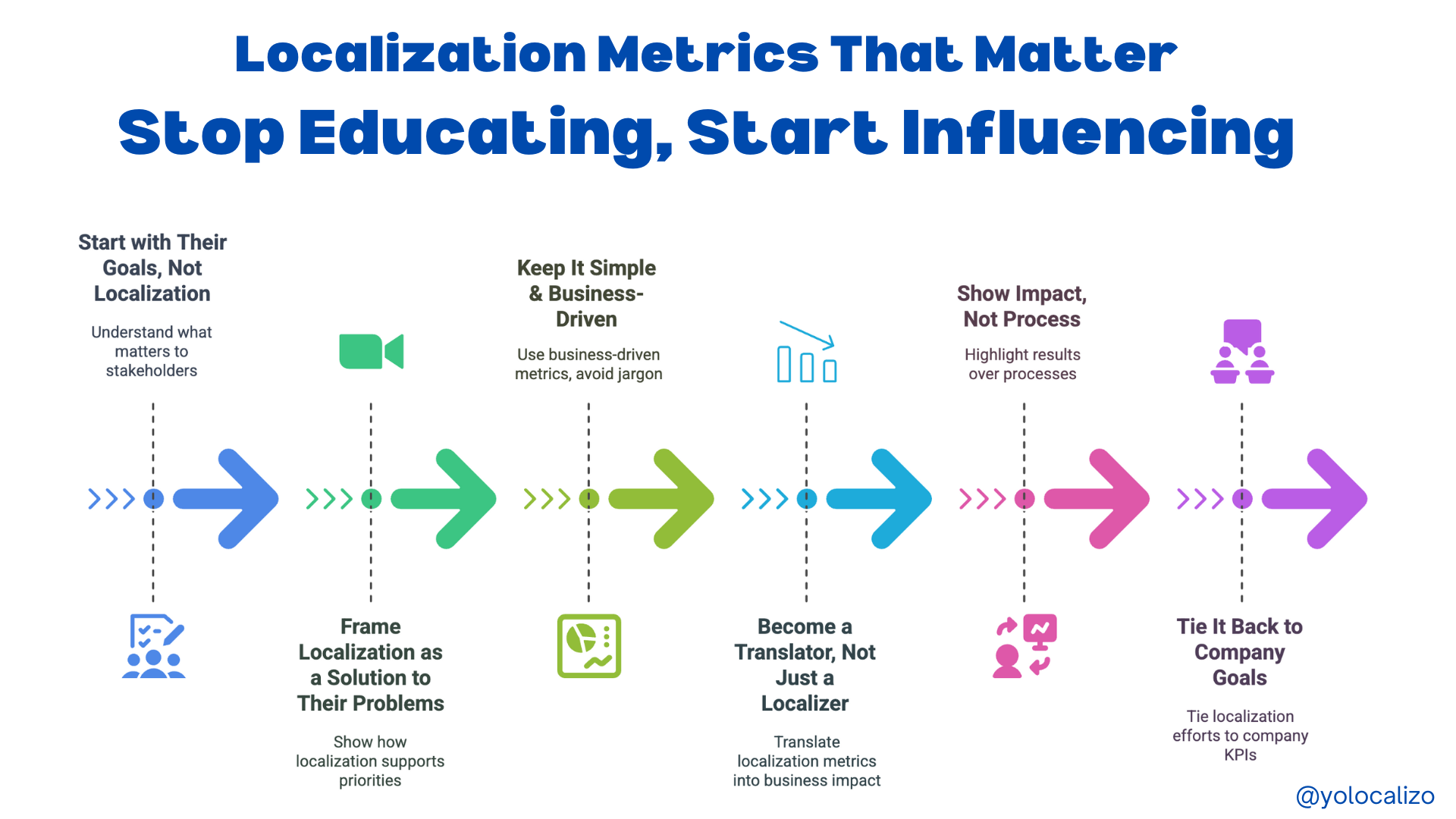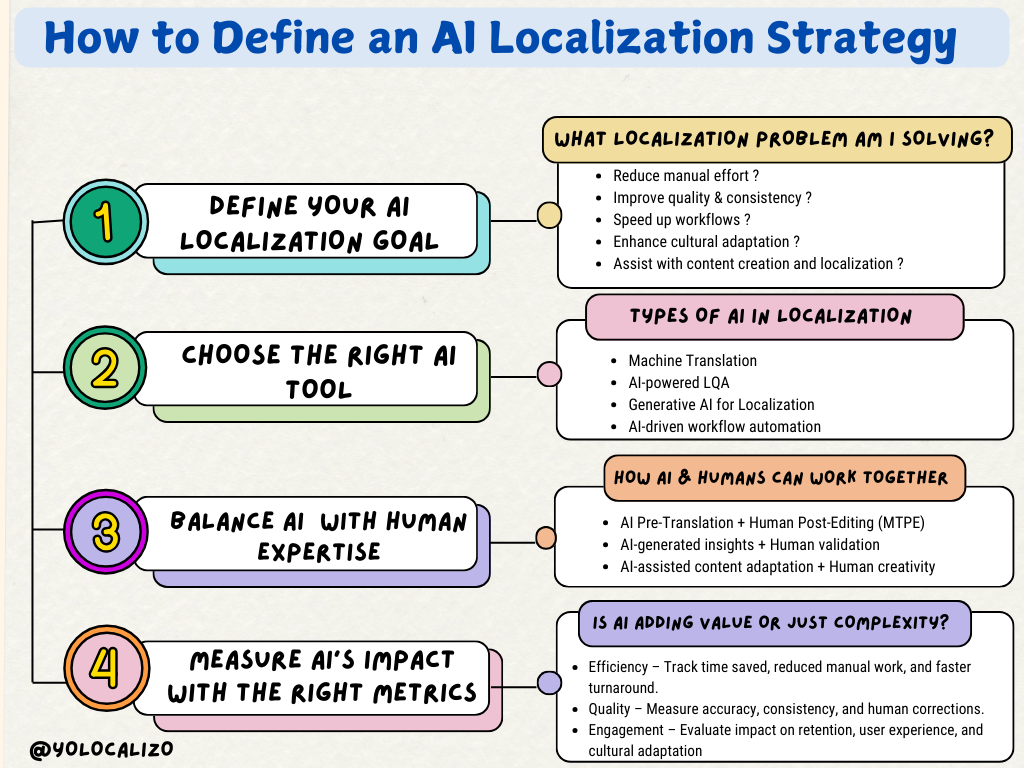Back to the future, source quality, and a bit of AI magic
Back to the Future is one of those movies I watched endlessly during my teenage years. And even now, after having seen it who knows how many times, if I’m flipping through channels and it’s on, I usually end up staying to watch it, and honestly, I still enjoy it a lot. It has such a good mix of comedy, action, and family story. I just really like it.
There’s one scene in particular that, well... with my tendency to see the world through my “localization nerd” lens, reminds me a lot of what we deal with in our industry.
It’s the scene where Doc warns Marty that even the smallest change in the past can completely rewrite the future. Marty steps in at the wrong moment, and suddenly, his family photo starts to fade. A small change has a huge consequence.
That scene reminds me of localization 😅
When source content isn’t clear, when there's a vague sentence or a confusing term, it’s like Marty messing with the timeline. That tiny “glitch” in the English source ripples across 20+ languages. We might not notice it right away, but later on, bugs show up, QA flag issues, release dates slip, and teams scramble.
So what if we could go back and fix it before it breaks everything?
In localization, we don’t have a time machine.
But nowadayss we do have something just as powerful: AI.
Just like the DeLorean, AI gives us the chance to look backward before we move forward. It helps us catch small issues in the source content before they echo through every market, every platform, and every user experience.
Let’s explore how we can use AI to analyze source quality and improve our chances of delivering better-localized content across the different markets we adapt for.
Source quality improvement with AI: A new ally for Localization teams
When we talk about localization, the focus usually goes straight to the translated content. But there’s a huge opportunity to make an earlier impact right at the source.
Poor source content slows down localization, creates confusion, and increases costs. It affects human translators and machine translation engines. The good news? AI can help us fix it before it becomes a problem.
How AI can help clean up source content
Instead of waiting for localization teams to raise red flags, AI can now support content creators right from the start. Here are five ways it helps:
Click HERE to download the image
1. Simplifying and Clarifying Sentences
AI can help us rewrite long or complicated sentences so they are easier to understand and translate. This is very useful for things like buttons in an app (UI), help articles or short messages inside the product. For example, instead of saying, “Click here to initiate the download process,” AI can suggest a simpler version like “Click to download.” It’s shorter, easier to read, and better for users in any language.
2. Improving Tone and Consistency
When multiple writers contribute to the same product, the tone can easily drift. AI can check if the tone matches your intended voice (e.g., friendly, playful, professional) and flag inconsistencies.
3. Validating Terminology
AI can check if the terms match your approved glossary or style guide. It can also flag banned terms or suggest preferred alternatives.
Example:
“User account deactivation” → should be “Account suspension” (as per your style guide)
4. Checking for Inclusion and Bias
AI can flag non-inclusive or outdated language and suggest neutral options.
Examples:
“Chairman” → “Chairperson”
“He/she should…” → “They should…”
This will definitely make our content more inclusive and better prepared for global audiences.
5. Flagging Localization Risks
Before translation starts, AI can review our content to identify common issues:
Will the text fit when translated into longer languages (like German, which we know is approx 30% longer than English)?
Are there any culture-specific references or hardcoded values in strings (like dates or currencies)?
Catching these things early means fewer bugs and a faster release.
Where to integrate AI in our Localization workflow
Click HERE to download the image
If we want to improve source quality before localization begins, we need to bring AI into the content process at the right moments, which is in the different touchpoints we might expect, such as when content is created, reviewed, and pushed to localizers.
1. In Your CMS or Content Design Tool
(Examples: Ditto, Figma, Contentful, Webflow)
When content writers work with tools like Figma or Ditto, AI can be added to help them as writing coaches. It can give suggestions to make sentences easier to read, point out if a phrase sounds too technical or not inclusive, and recommend words that match our company’s glossary. AI can also show how the text might look when translated into other languages, helping you avoid problems before localization even starts (similar to what it was known as pseudo localization before the rise of AI)
How to do it:
Use plugins or APIs that connect GPT-style tools to Ditto or Figma
Set up AI prompts that reflect your style guide, glossary, and tone of voice
2. As a Pre-Check Before Sending to TMS
AI can work like a smart filter that checks our source content before we send it to our Translation Management System (TMS). It can catch things like unclear or inconsistent words, missing context, or placeholders that are broken. It can also flag sentences that are too long or difficult to translate well. This helps us fix problems early before they cause delays later in the localization process.
How to do it:
Build a custom GPT or QA script to check for source issues
Integrate it into your handoff process—even as a simple checklist in Slack or Google Sheets
🔍 3. Embedded in LQA (Linguistic QA) Workflows
AI can support your internal reviewers by flagging patterns and making initial suggestions—so humans can focus on the content that matters most.
How to do it:
Use LLMs to compare source and target content side by side
Ask AI to highlight tone mismatches, wrong terms, or inconsistent phrasing
Use it as a first pass before human review
Final Thought
We may not have Doc Brown’s DeLorean, but we do have AI, and hey, that’s something! Sure, it’s not as cool as the DeLorean I used to dream about when I was studying for my driver’s license... but at least something. When we use AI to clean up source content, we make translation easier, reduce mistakes, and save time for everyone involved. But more importantly, we give localization teams a chance to get involved earlier, at the source, during the content creation phase. And that’s something I care deeply about.
If you’ve been following my posts for a while, you already know about my obsession with “moving to the left.” Well, this is one more tool in our toolbox to keep doing just that: finding smart ways to influence content from the beginning and not just reacting at the end.
@yolocalizo











Localizability has always been a challenge small issues in source content often lead to big problems later in translation. In this post, I explore how AI is giving localization teams a powerful new way to improve source quality, reduce friction, and create better content for every market right from the start.